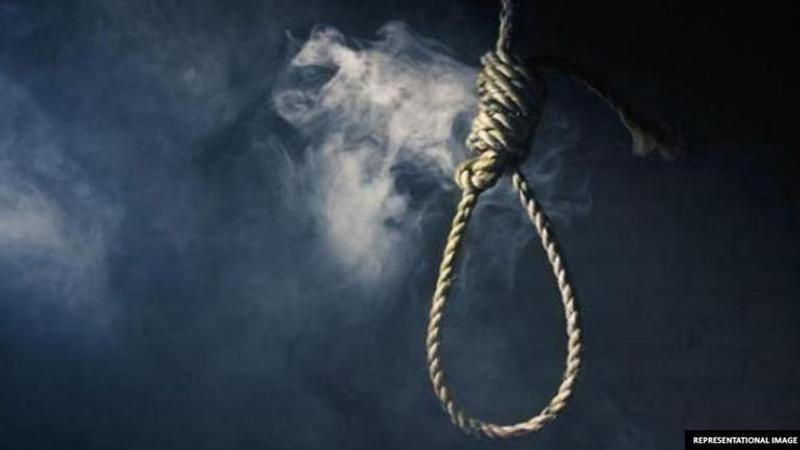Published 23:16 IST, March 20th 2020
Nirbhaya case: Here's why postmortem of executed prisoners are conducted
The postmortem reports of all the four Nirbhaya convicts states 'asphyxia' (a condition arising when the body is deprived of oxygen) as the cause of death.

After all, the four convicts in the Delhi 2012 Nirbhaya rape and murder case were hanged at Tihar jail on Frida, brought an end to the long 7-years court battle fought by Nirbhaya's parents. After the execution of the four convicts, postmortem was carried out keeping in mind the Supreme Court order with reference to a different case of 2014. According to the postmortem reports of all the four Nirbhaya convicts states 'asphyxia' (a condition arising when the body is deprived of oxygen) as the cause of death.
"In the postmortem of the four convicts, the autopsy revealed that the cause of death is asphyxia. We found that they suffered neck bone fracture due to which internal organs like the brain and spinal cord got damaged and they died", Dr. BN Mishra, Forensic expert at Deen Dayal Upadhyay Hospital.
Here's why the postmortem is obligatory after execution
The postmortem comes in line with the order of the supreme court in Shatrughan Chauhan's case in January 2014. The apex court in its order had said, "By making the performance of post mortem obligatory, the cause of the death of the convict can be found out, which will reveal whether the person died as a result of the dislocation of the cervical vertebrate or by strangulation which results on account of too long a drop". The order further stated that "Our constitution permits the execution of death sentence only through the procedure established by law and this procedure must be just, fair and reasonable".
KC Kaushik, former Additional Solicitor General (ASG) and senior Supreme Court lawyer said that the postmortem of execution of death row convicts was done, keeping in view the guidelines laid down in the landmark judgment of Shatrughan Chauhan vs Union of India.
"The guidelines laid down in Shatrughan Chauhan judgment that after the execution of convicts in jails, the post mortem has to be conducted as per law," Kaushik told ANI.
The Supreme Court passed the guidelines while hearing the Shatrughan Chauhan case and said the concerned authorities shall comply with all these guidelines with respect to all the death penalty convicts' cases.
Tihar Jail officials said, "There was a landmark judgment of Shatrughan Chauhan vs Union of India. It listed several instructions regarding death sentences and the same are now being followed in all jail manuals."
The bodies of the four Nirbhaya convicts who were hanged on Friday morning at 5:30 am in Tihar Jail have been sent to the Deen Dayal Upadhyay Hospital for postmortem, following which it will be handed over to the families, according to an official.
The Nirbhaya case
The Nirbhaya case pertains to the brutal gang-rape and killing of a 23-year-old paramedical student in a moving bus on the night of December 16, 2012, by six people including a juvenile in the national capital. The woman had died at a Singapore hospital a few days later. All four convicts involved in the 2012 Nirbhaya gang-rape and murder case Akshay Singh Thakur, Pawan Gupta, Vinay Sharma, and Mukesh Singh were hanged to death. One of the adults accused had allegedly committed suicide in the prison during the trial, while the juvenile was released from a correction home after a period of three years.
(With inputs from ANI)
Updated 23:16 IST, March 20th 2020




